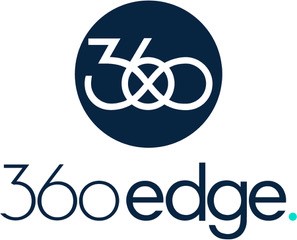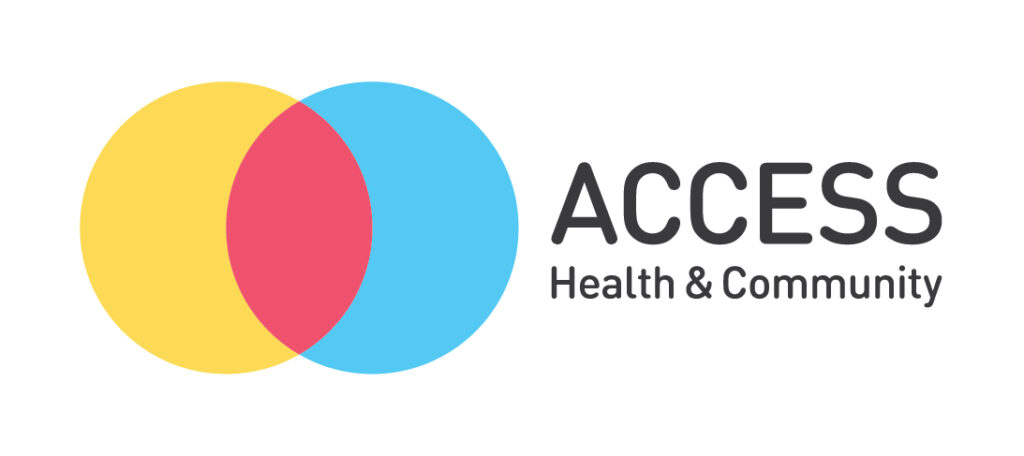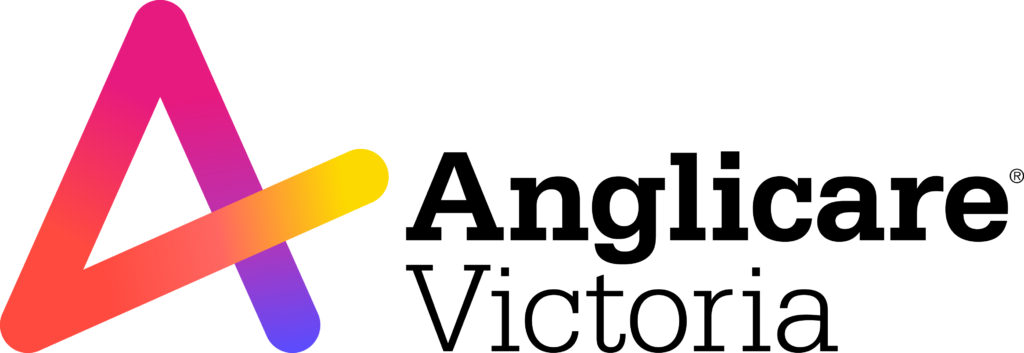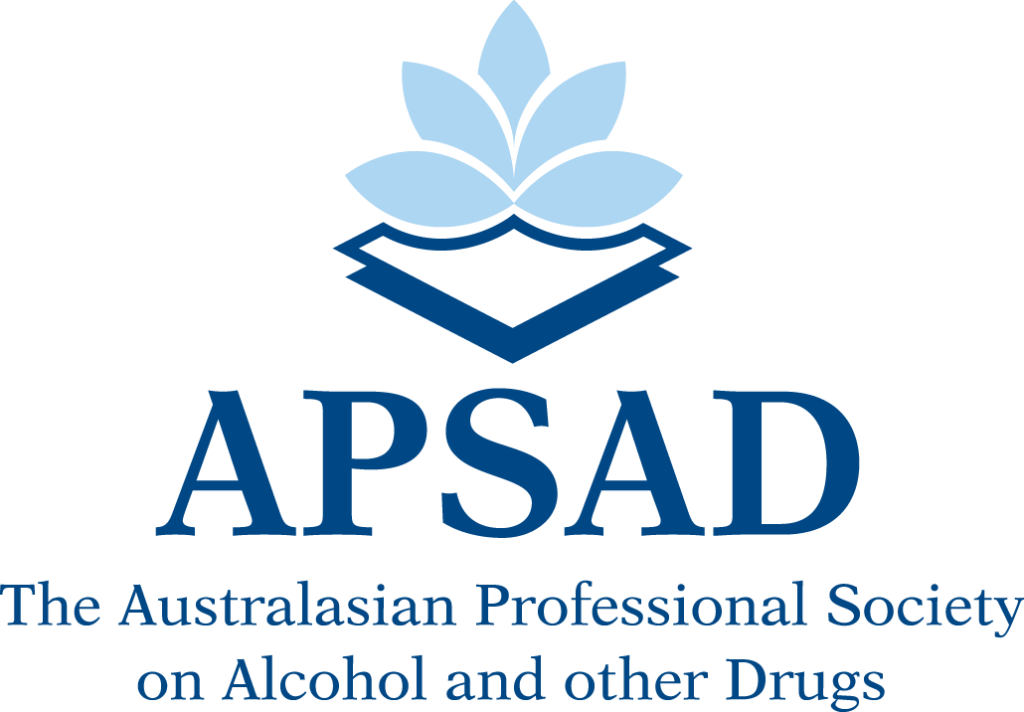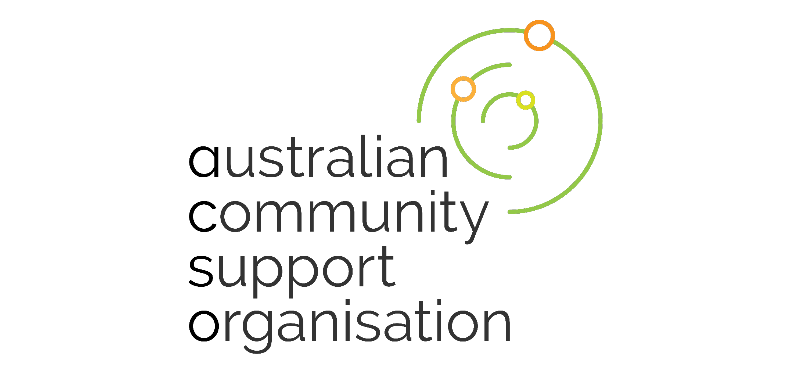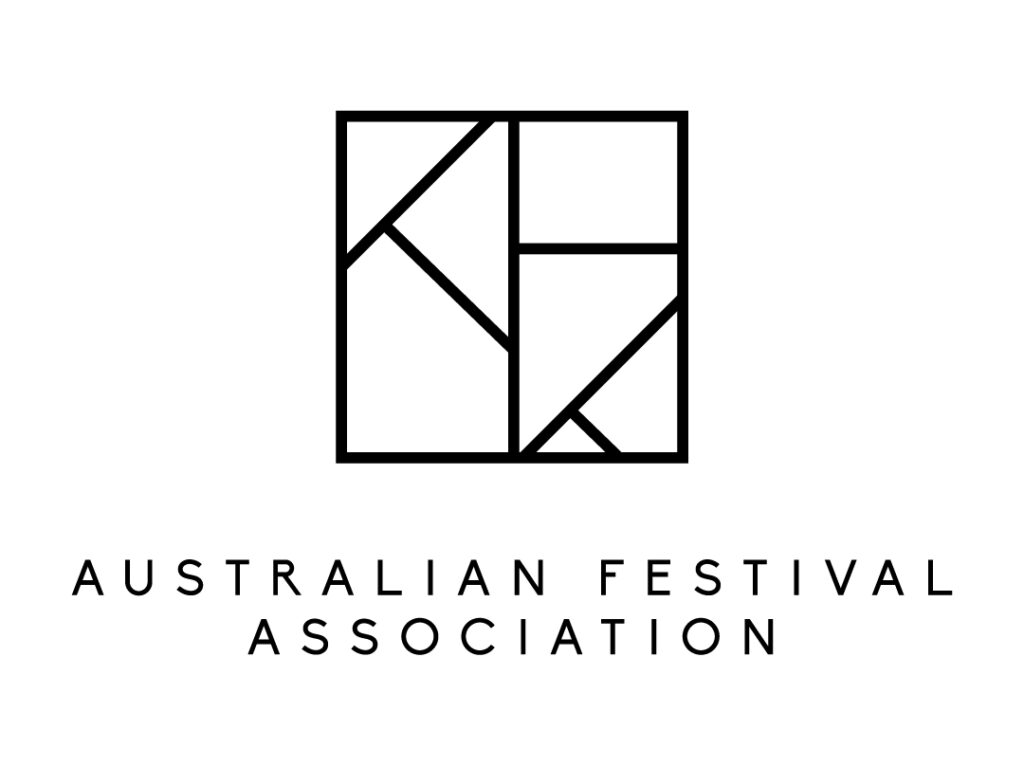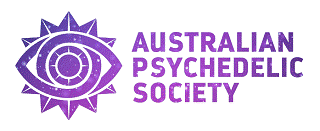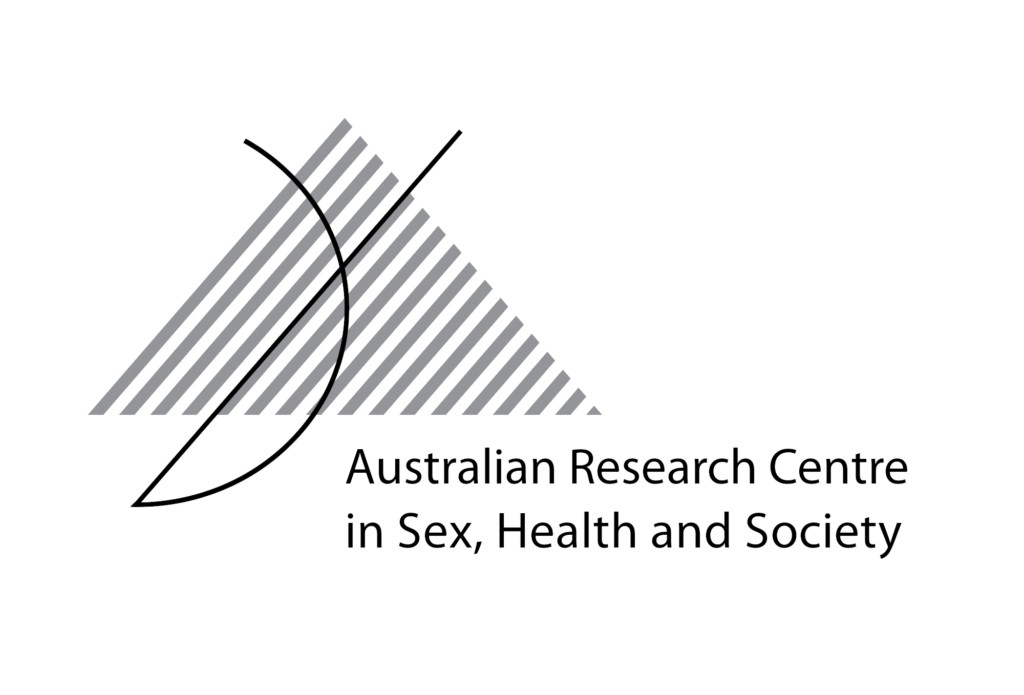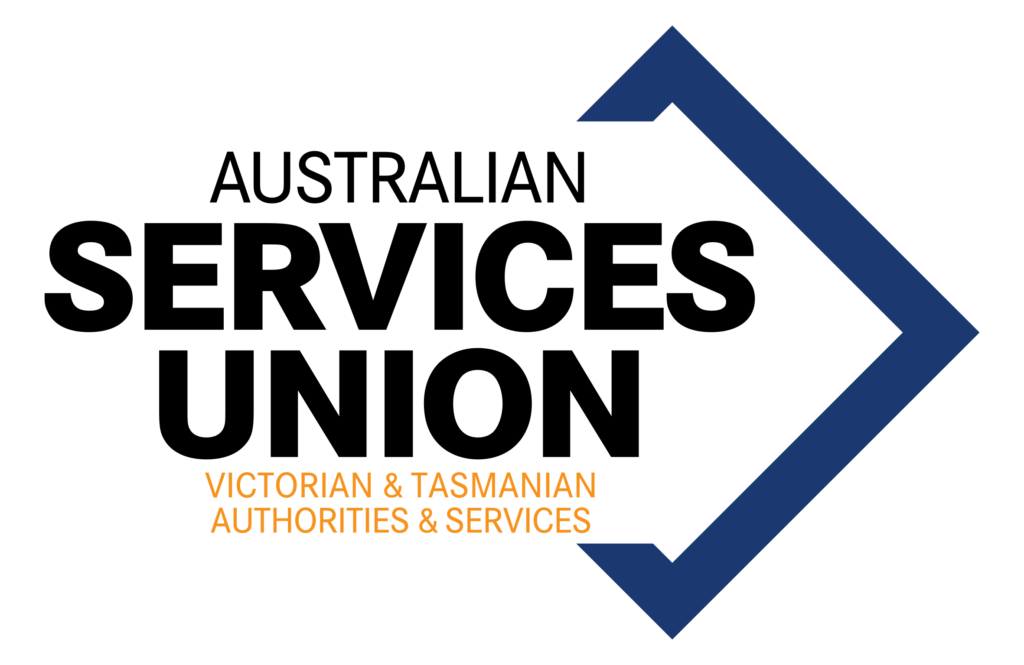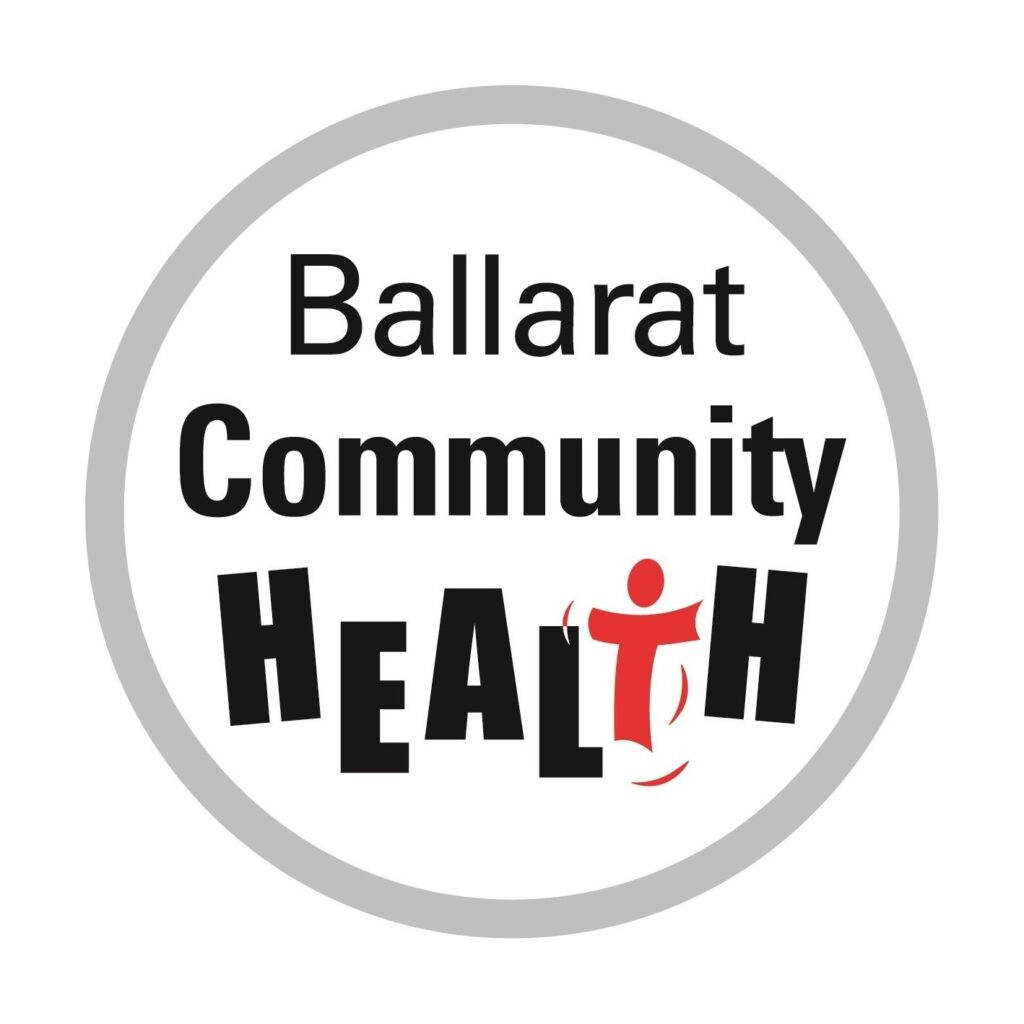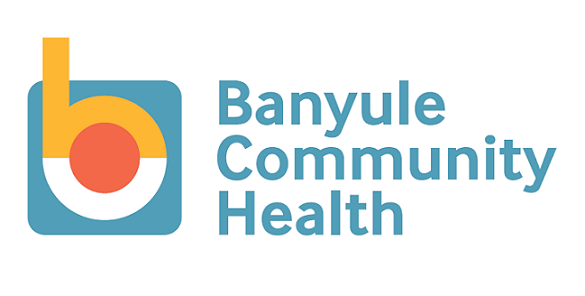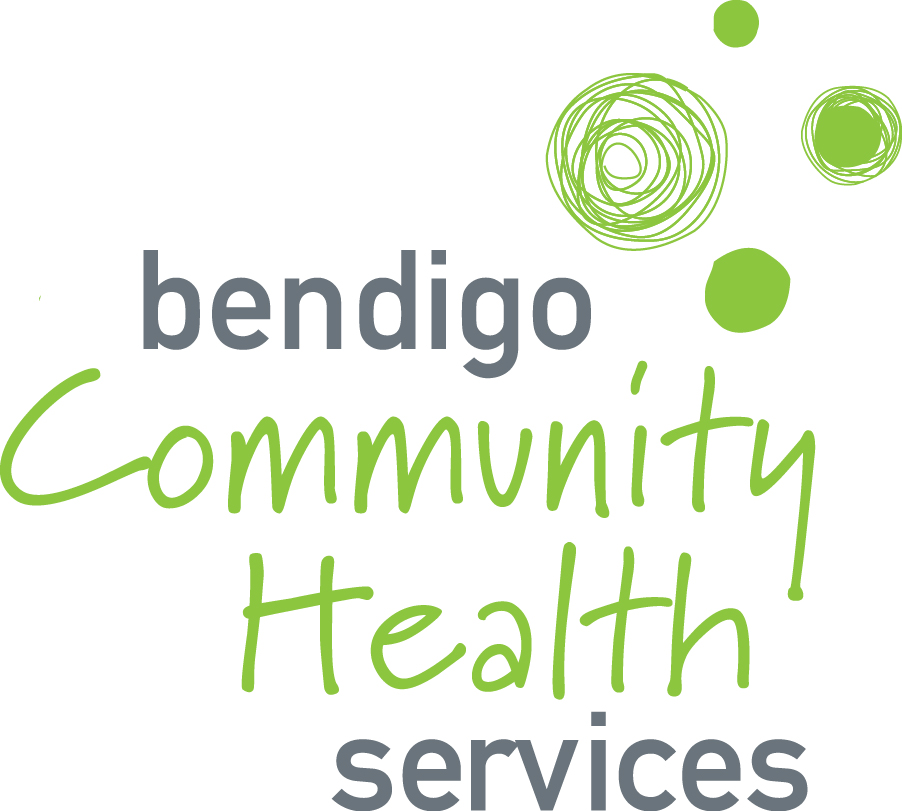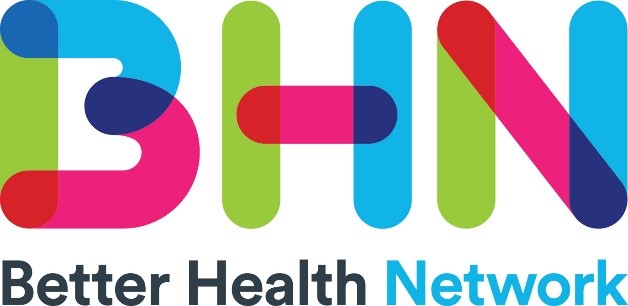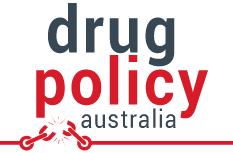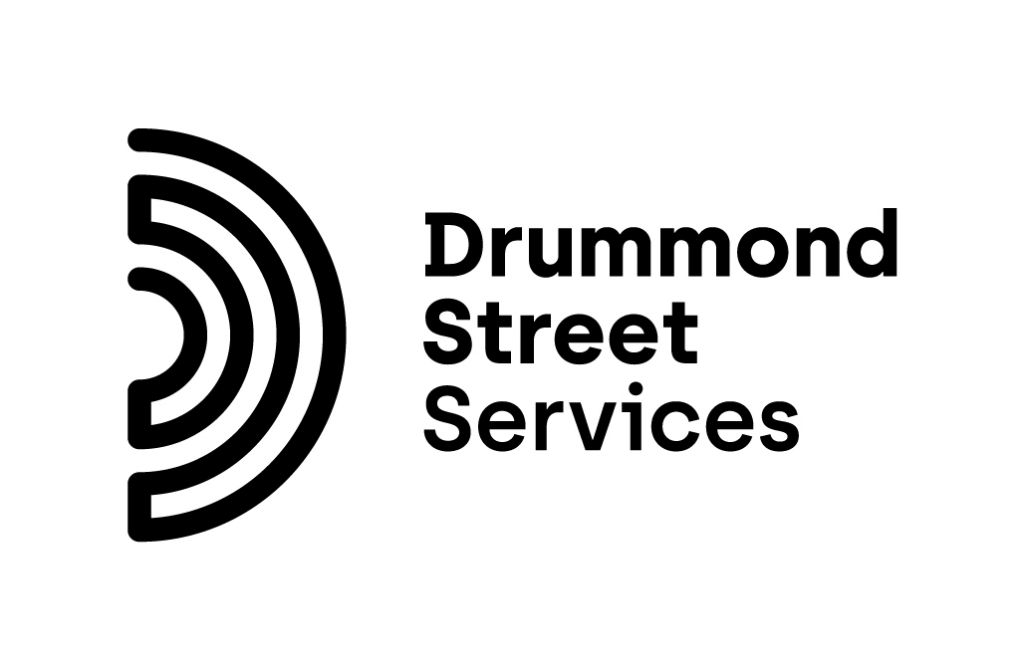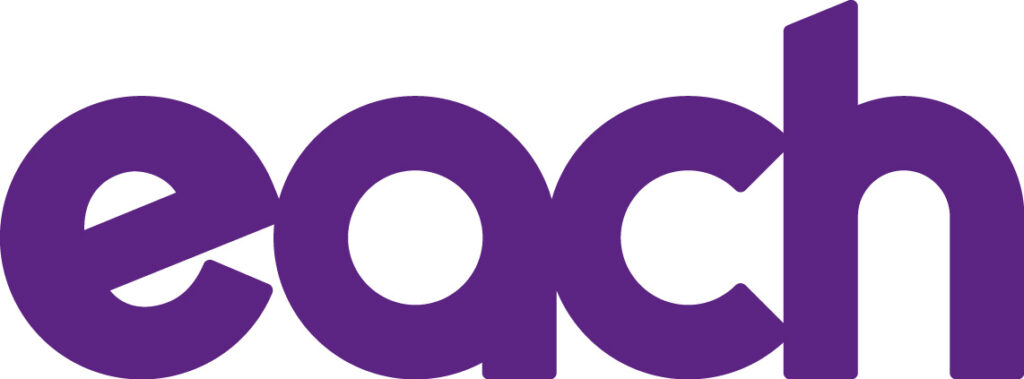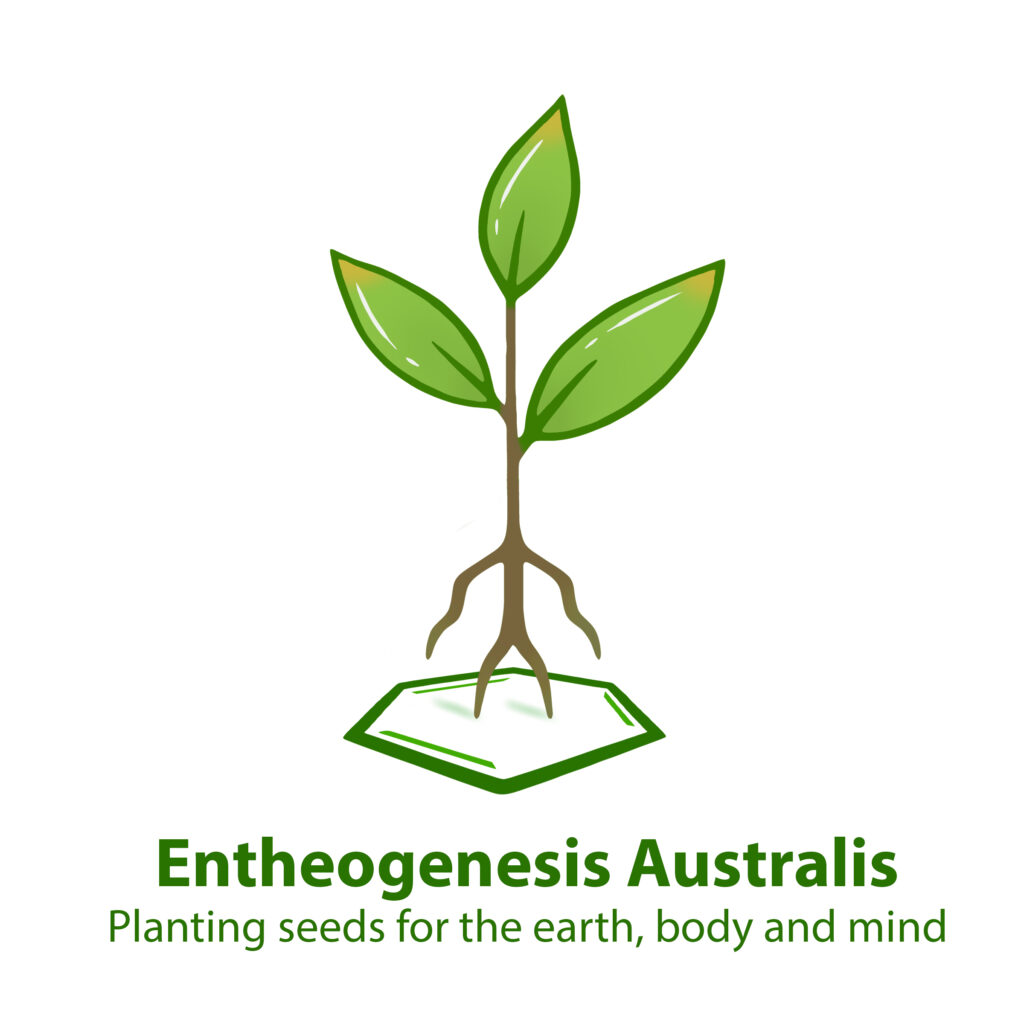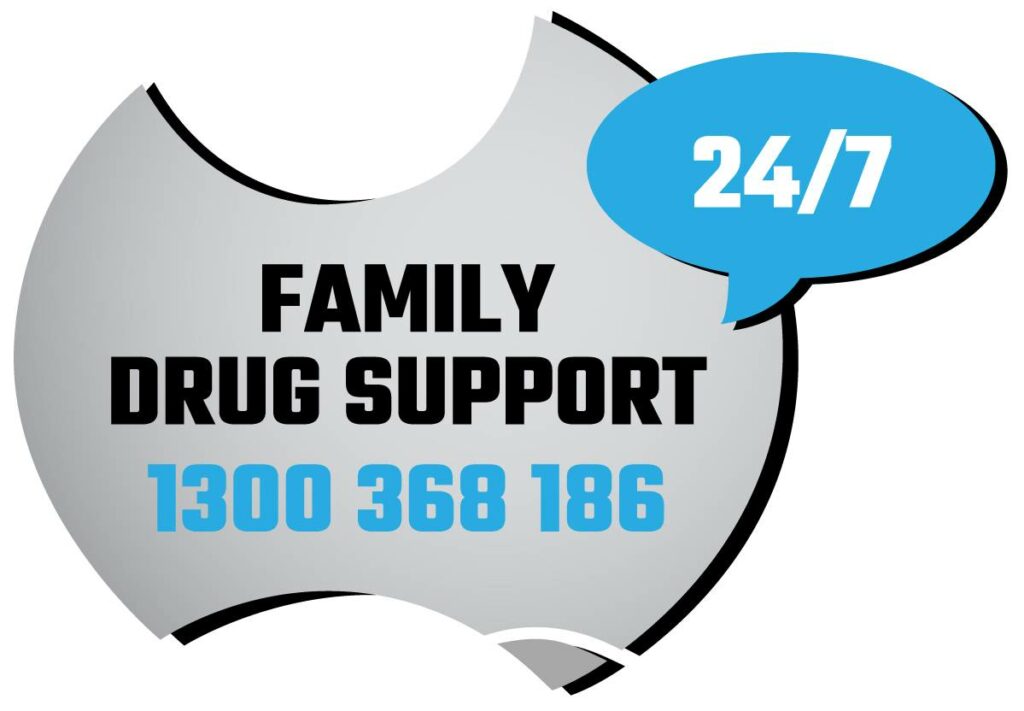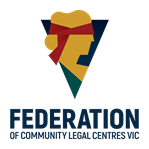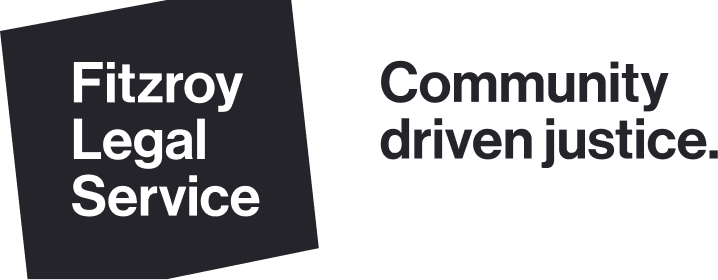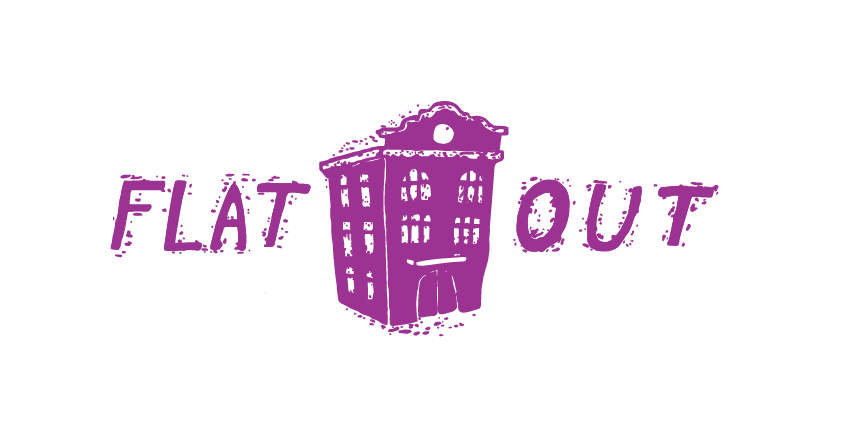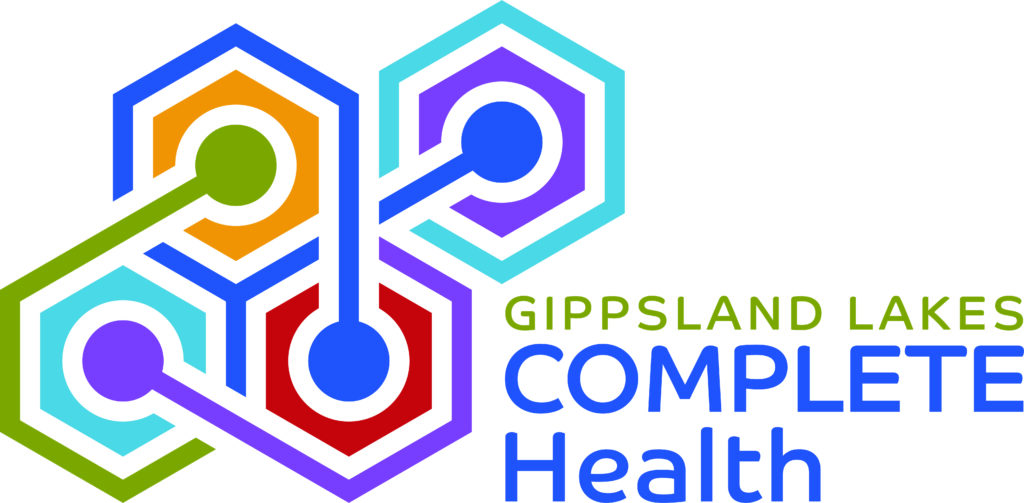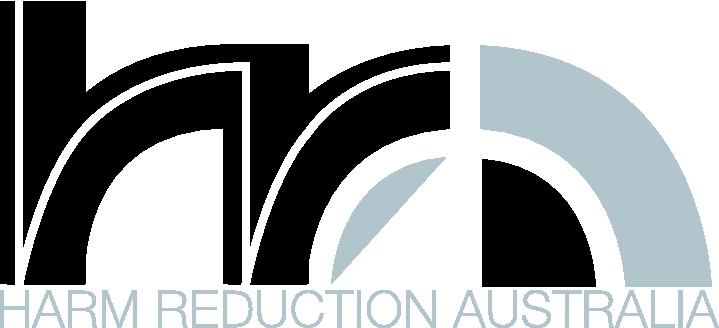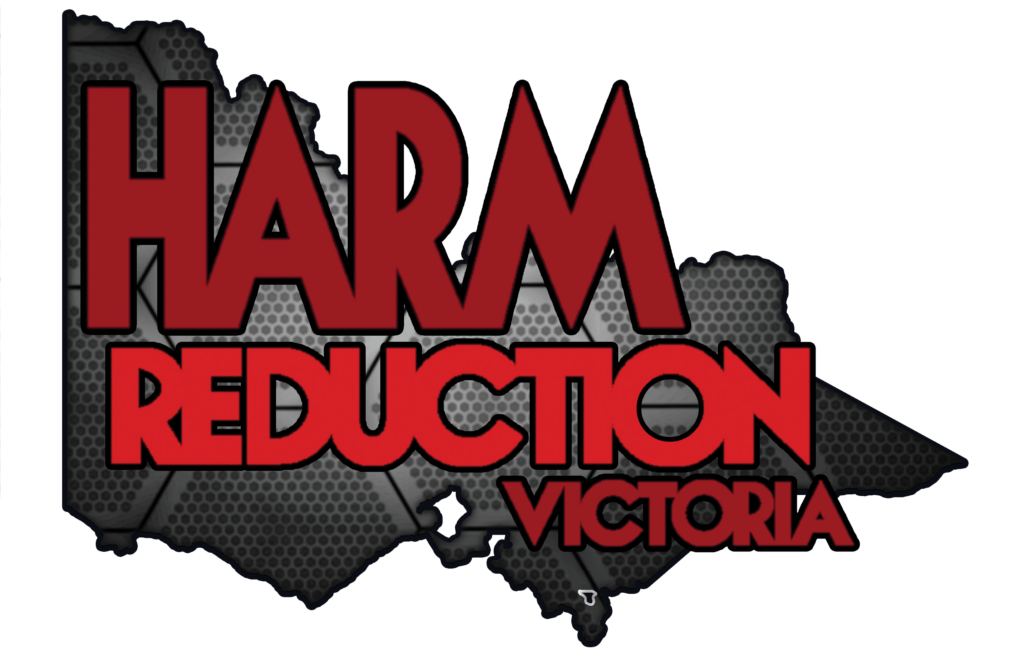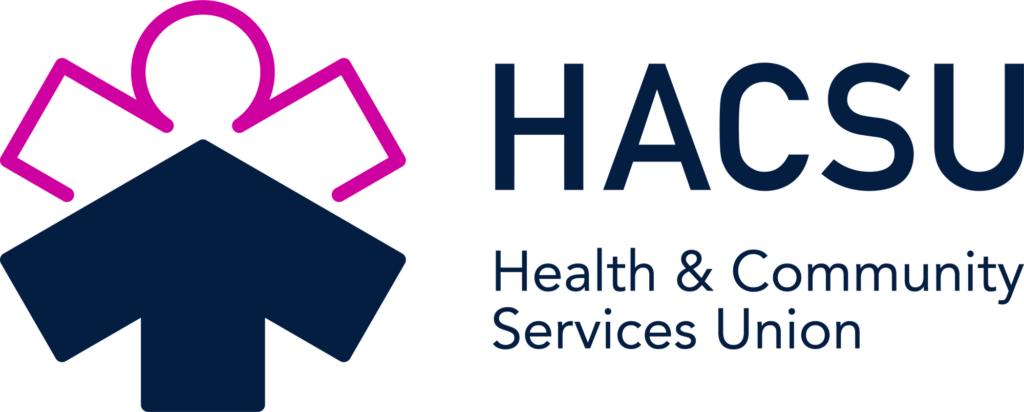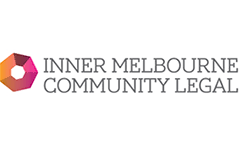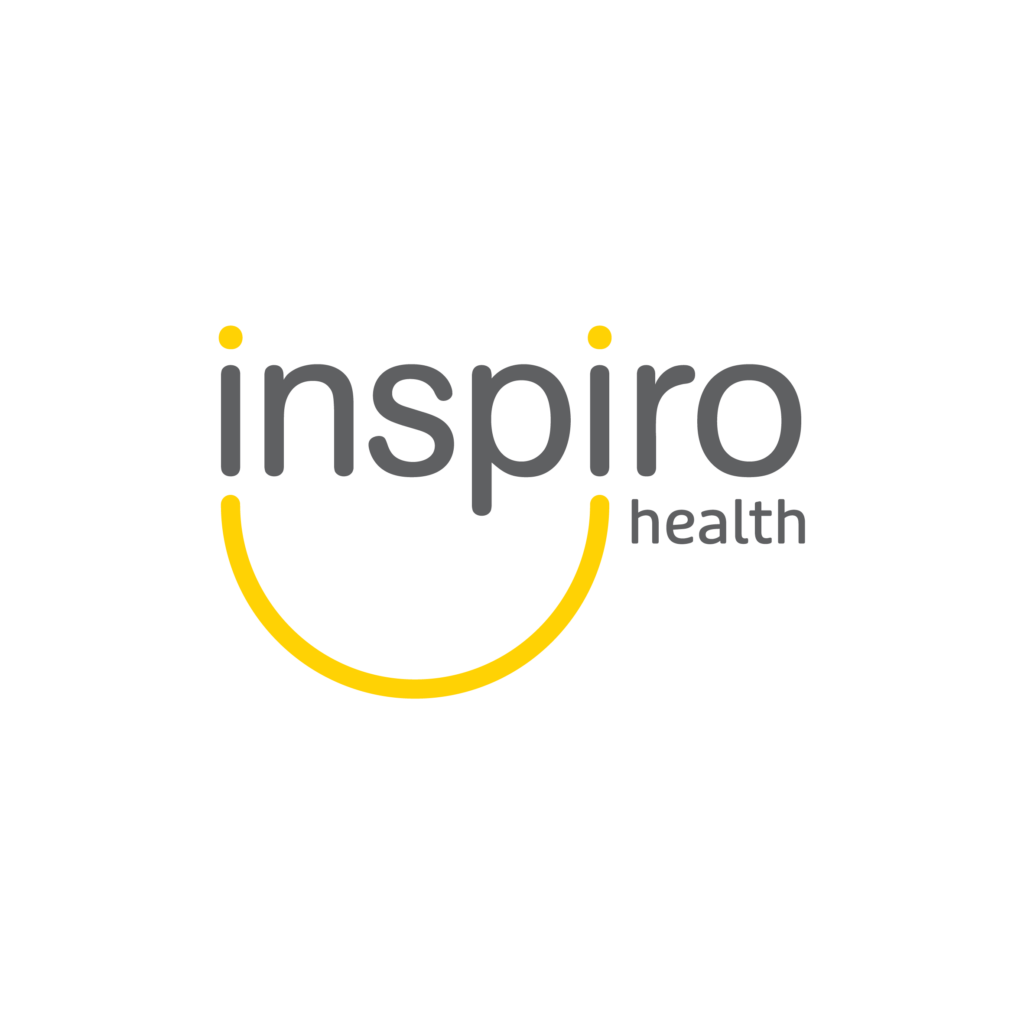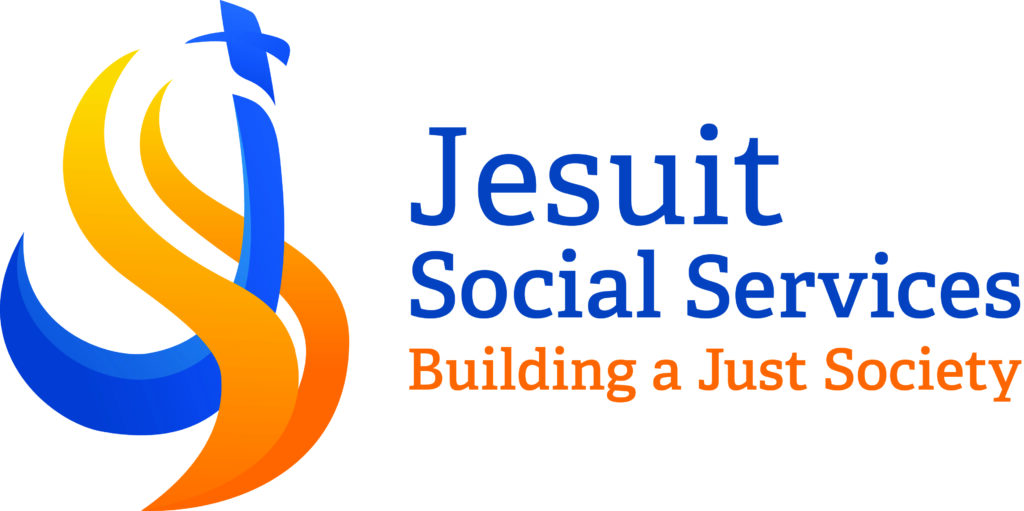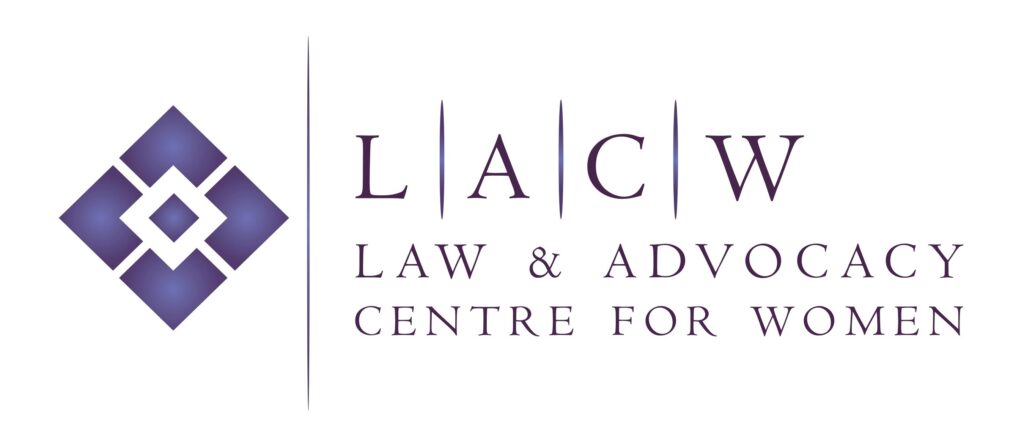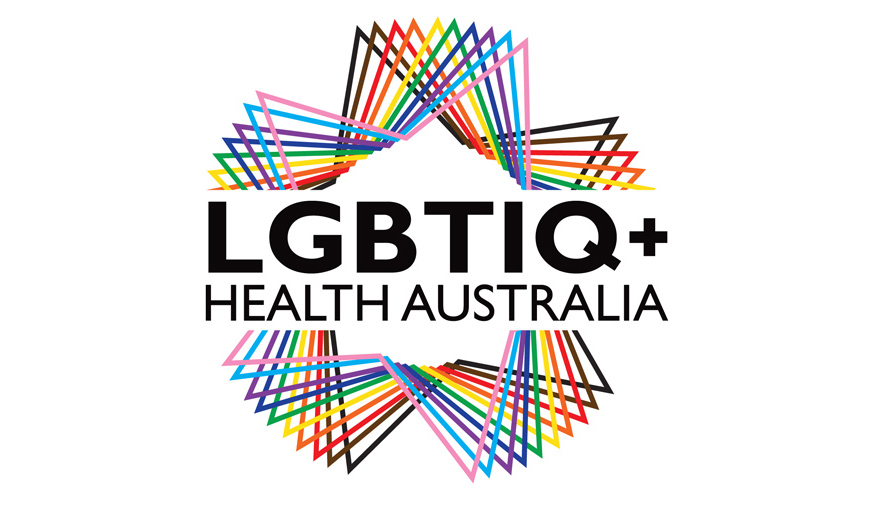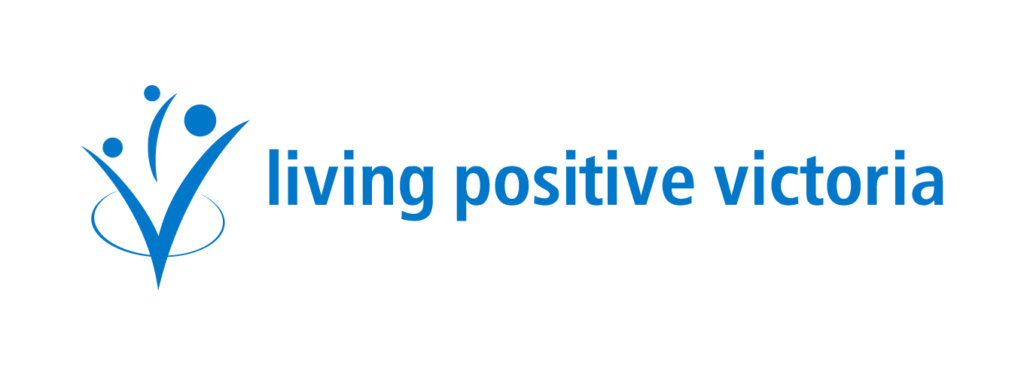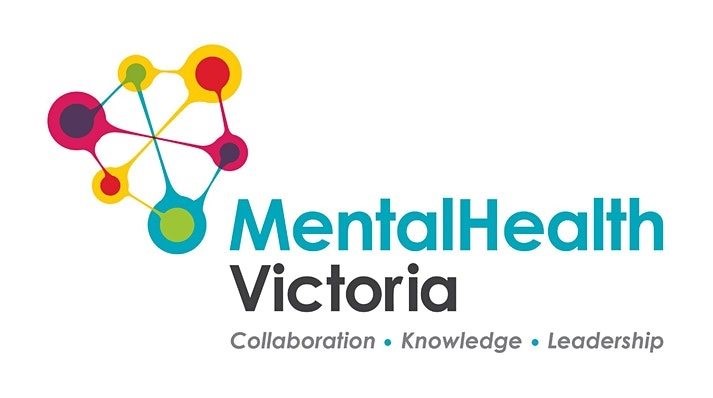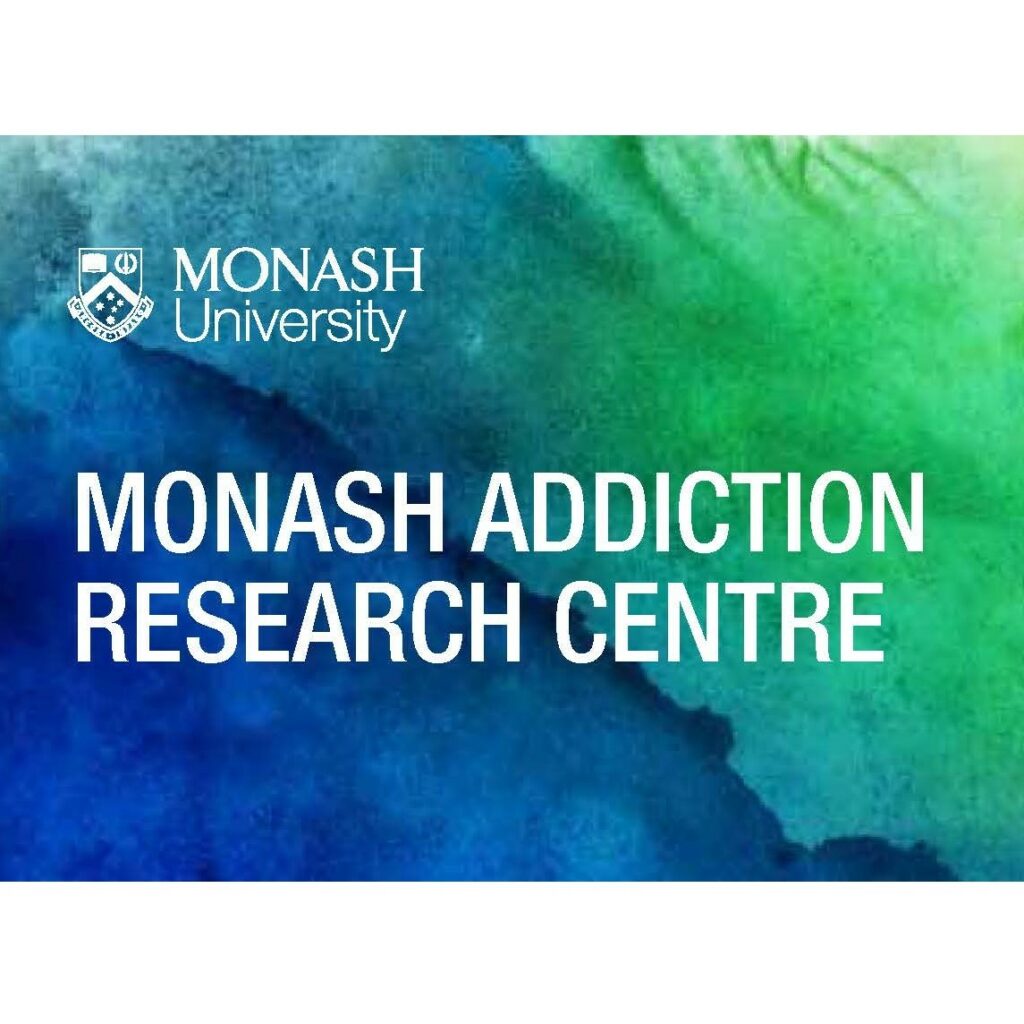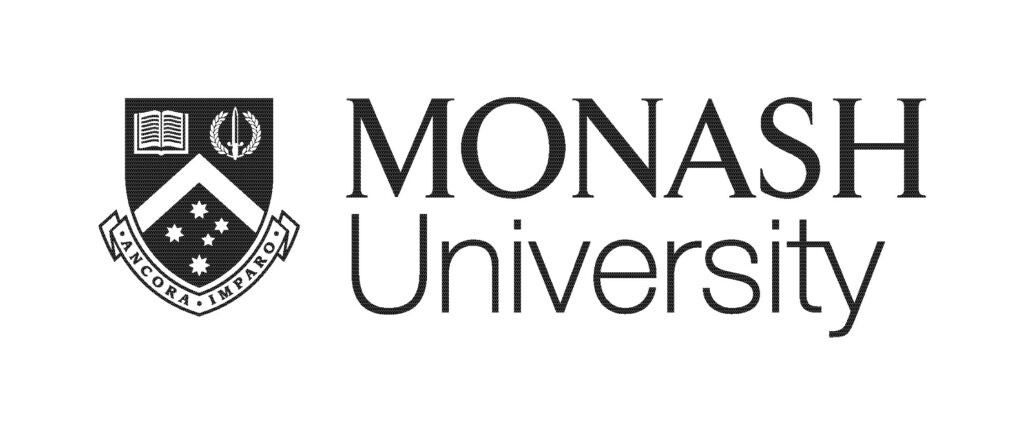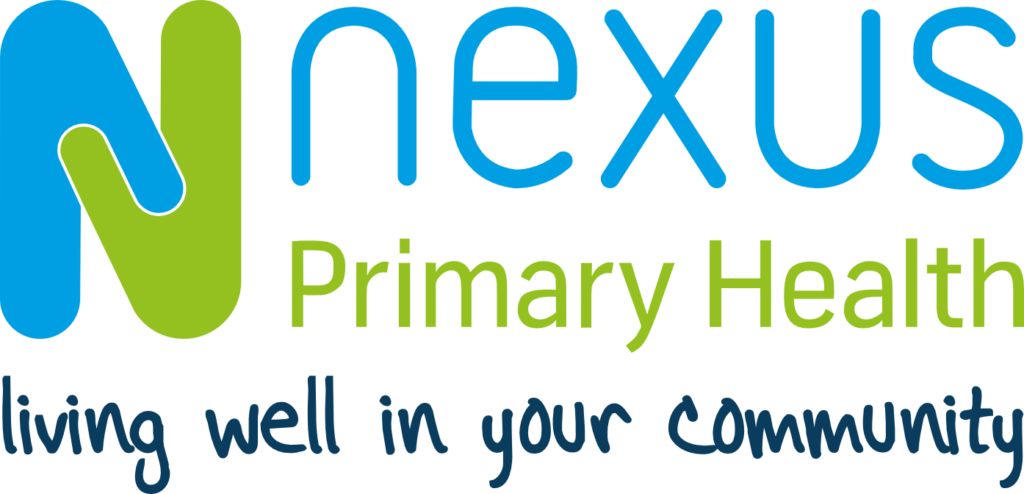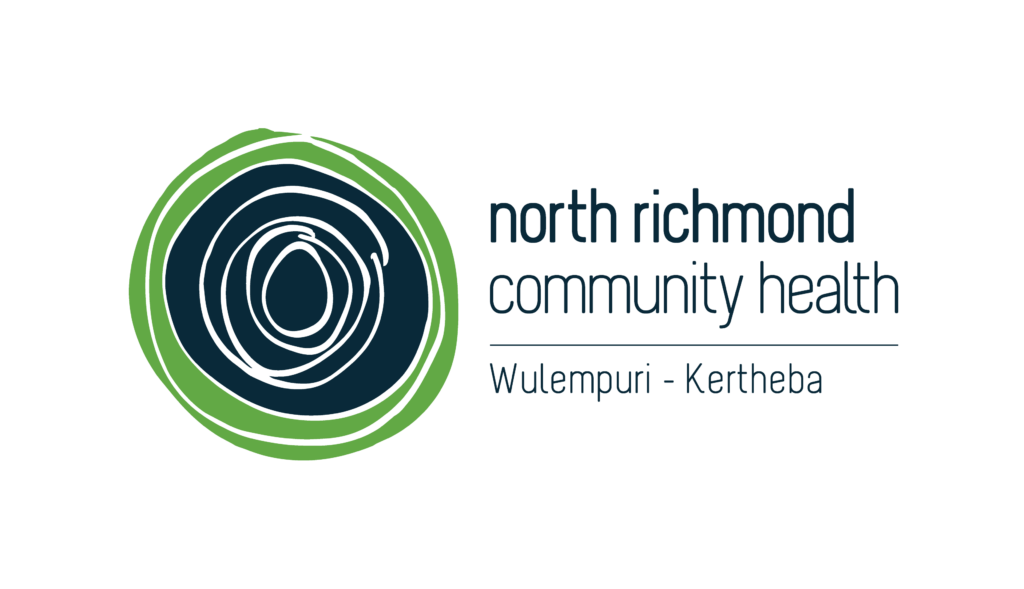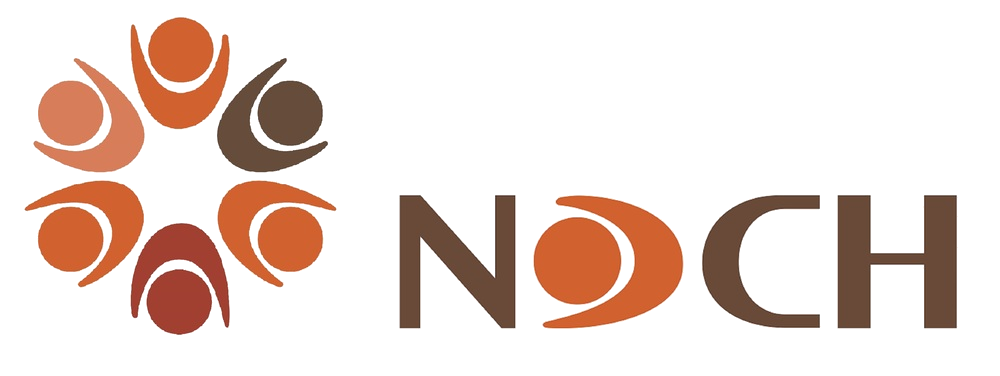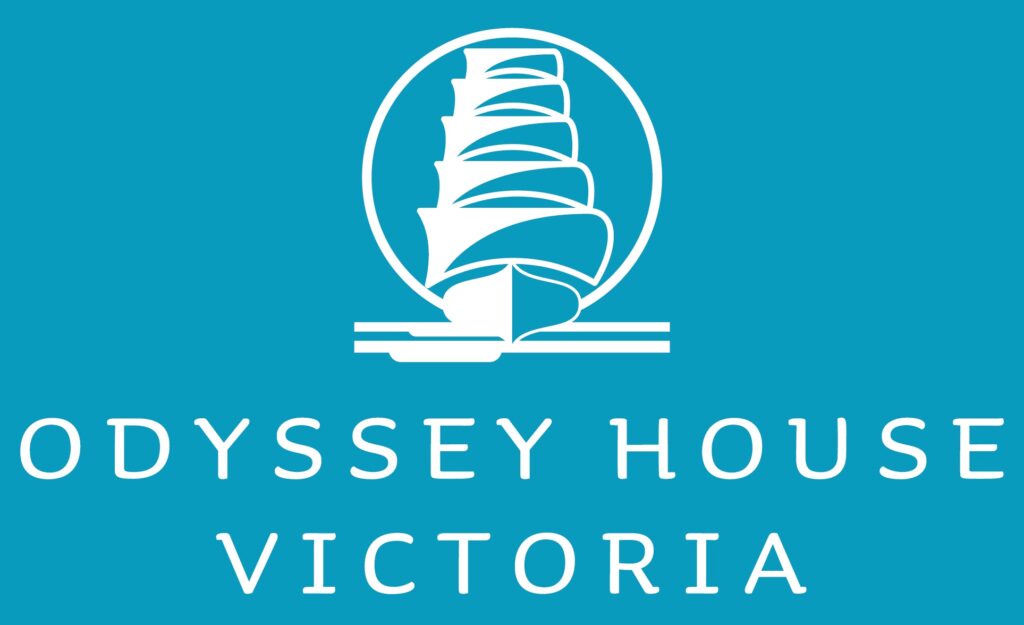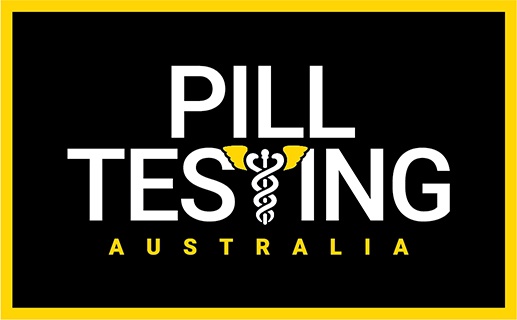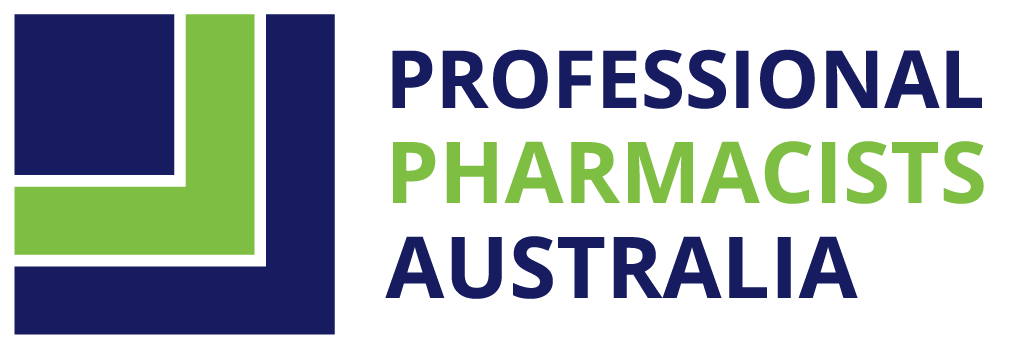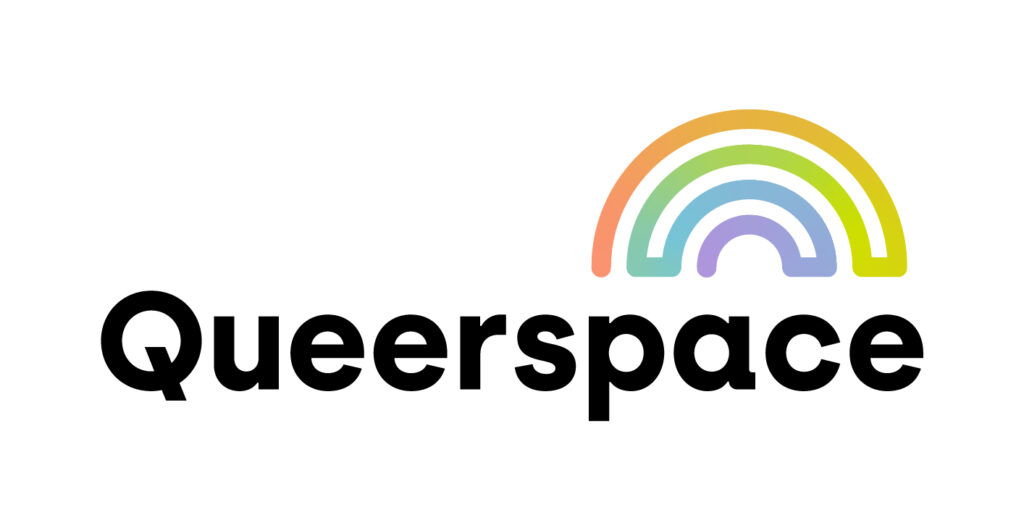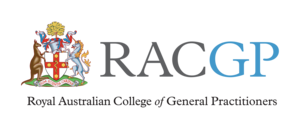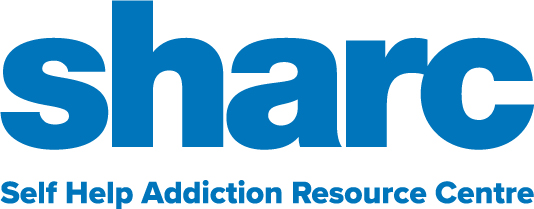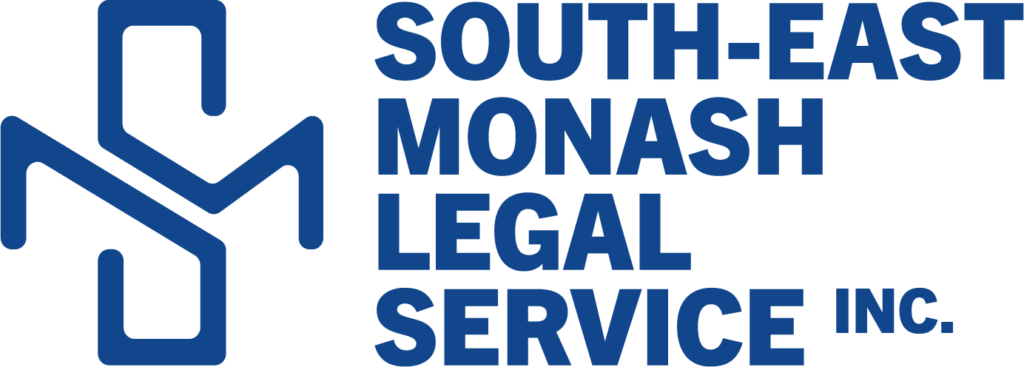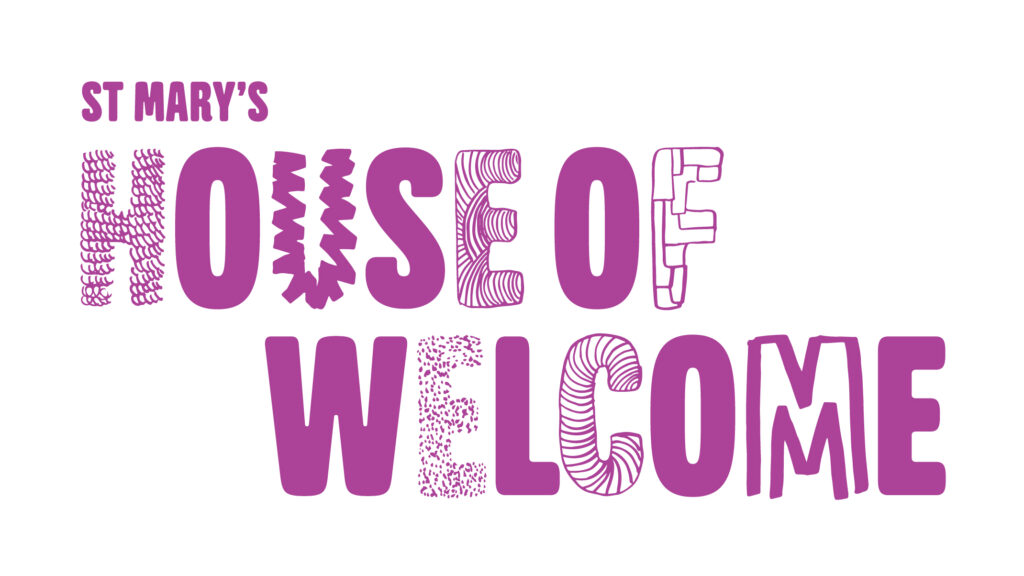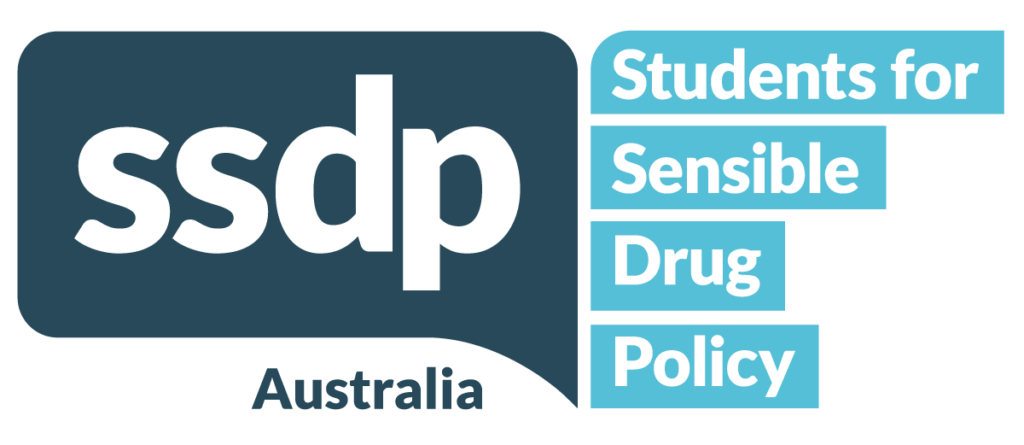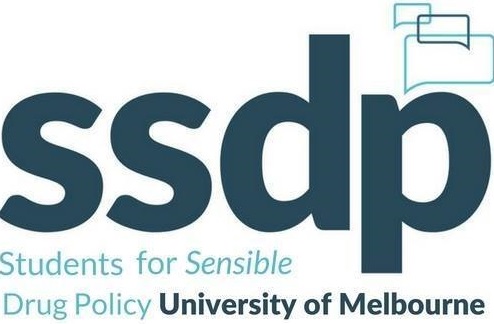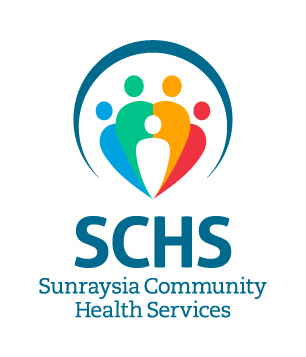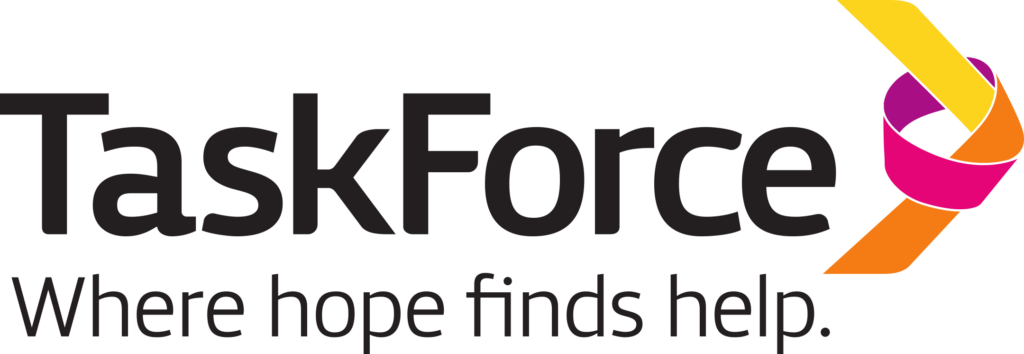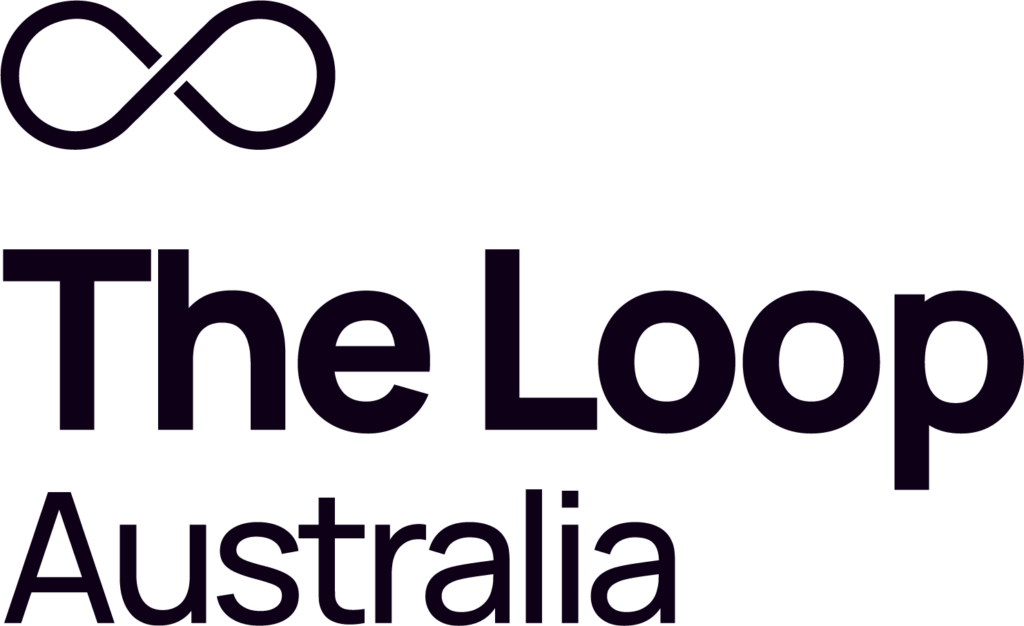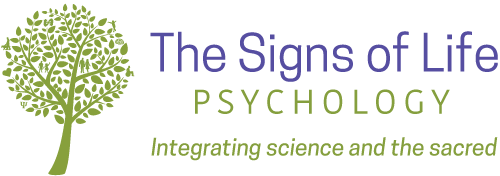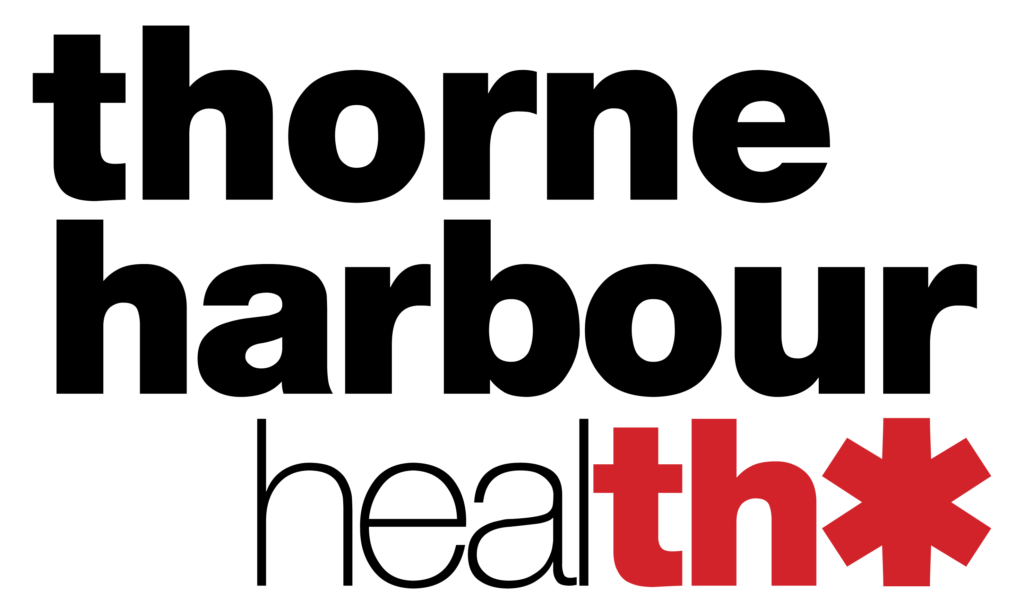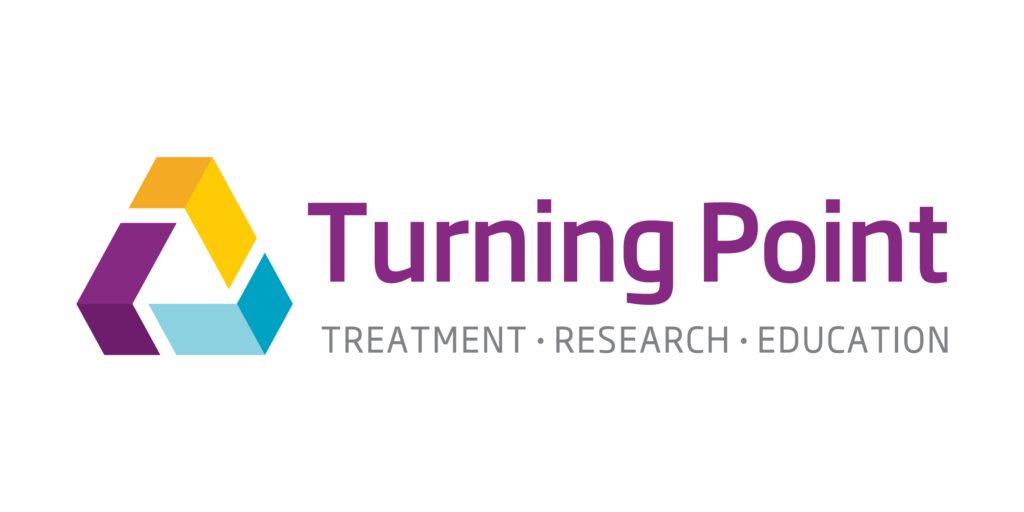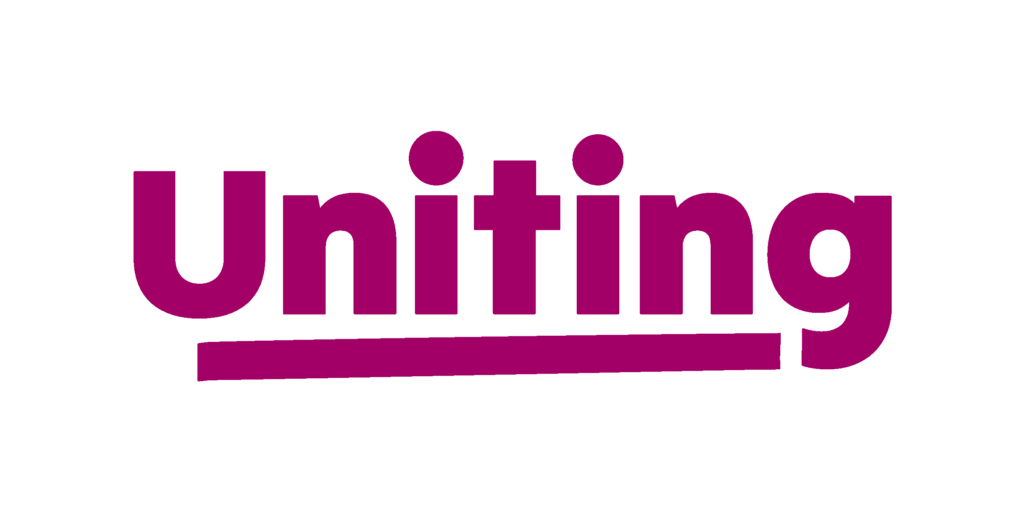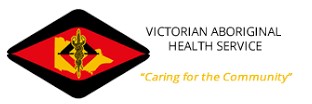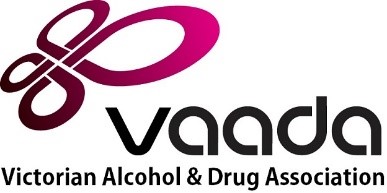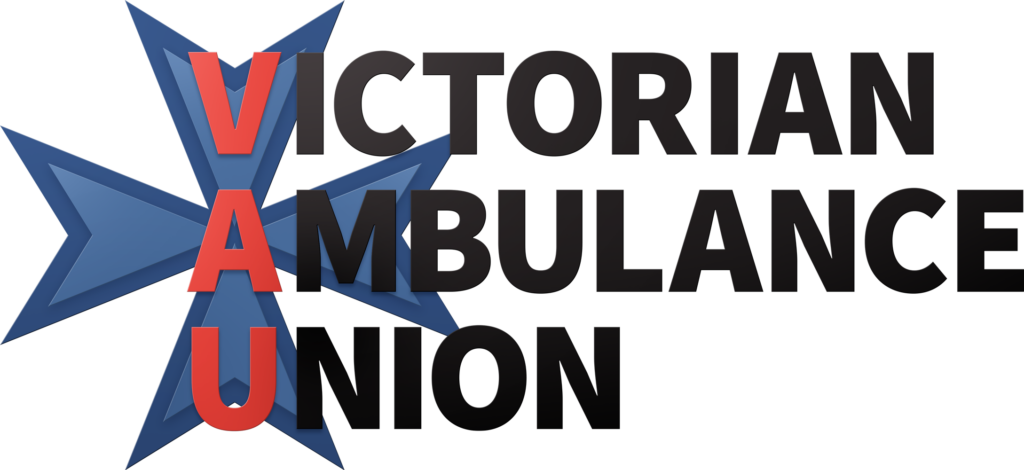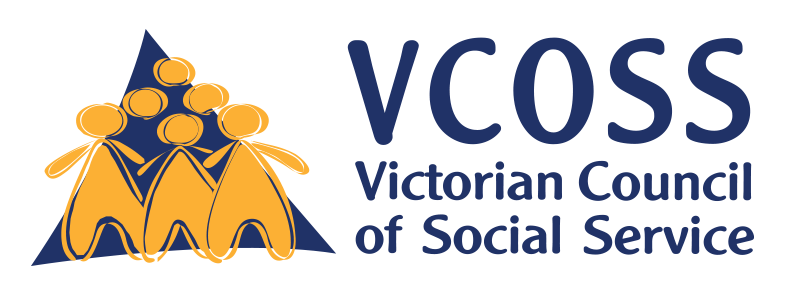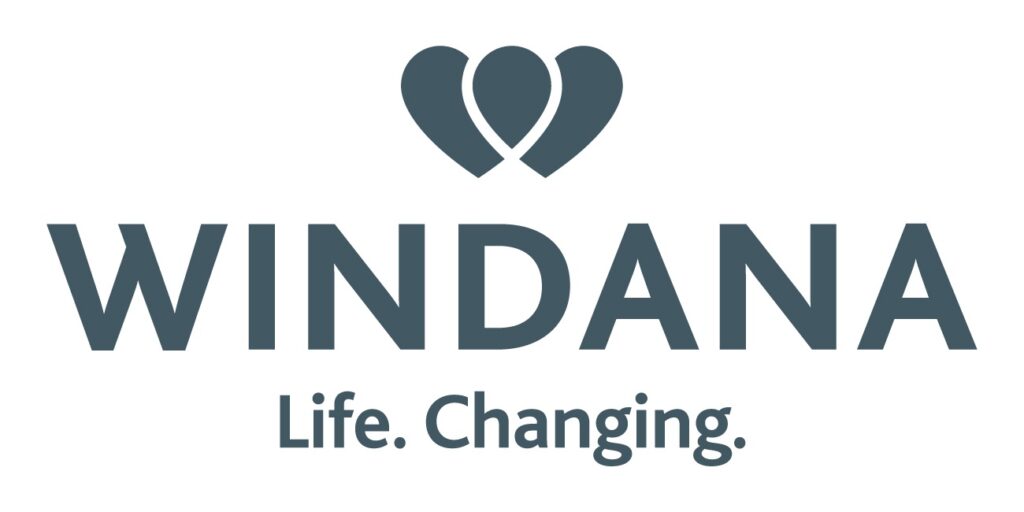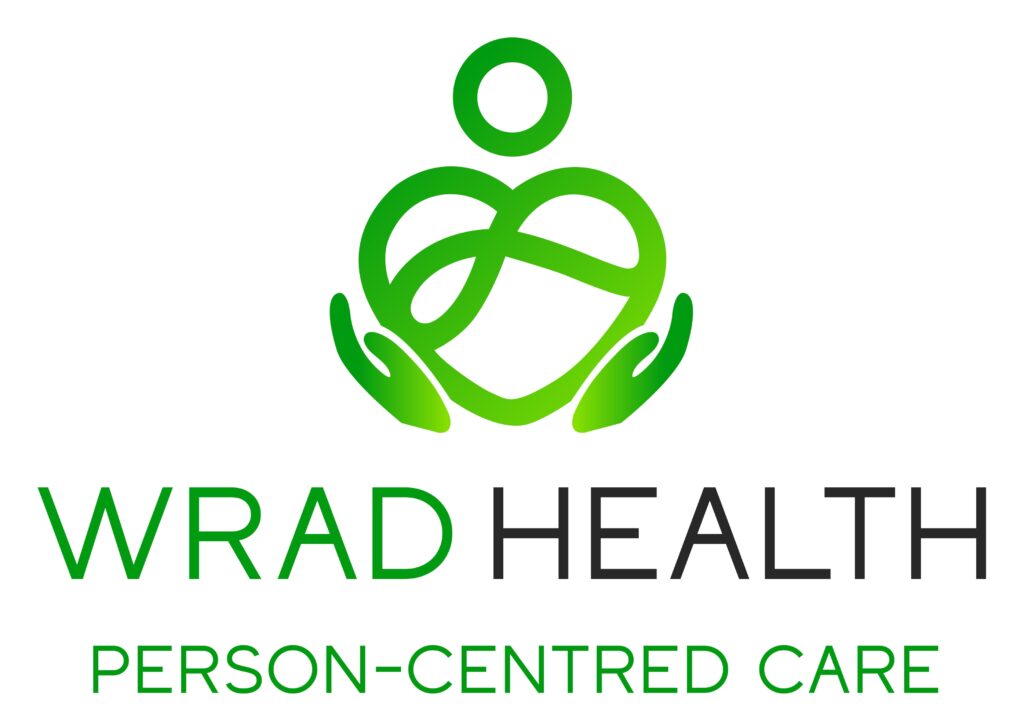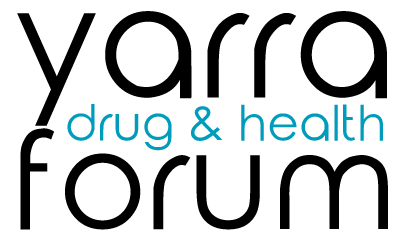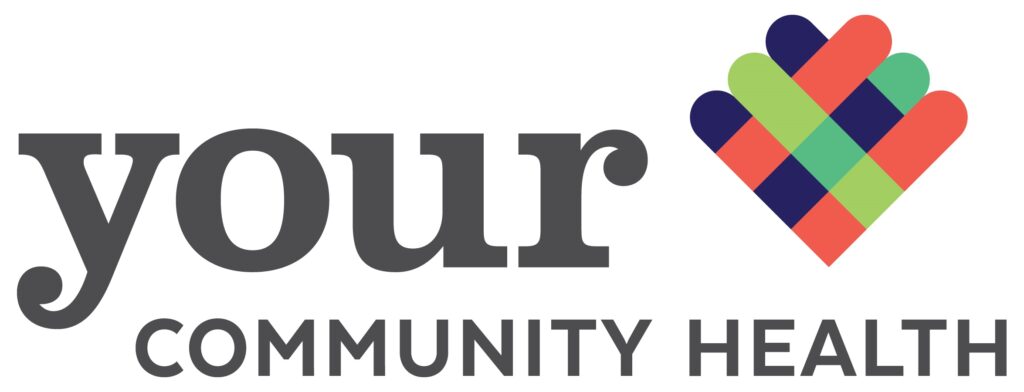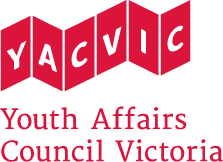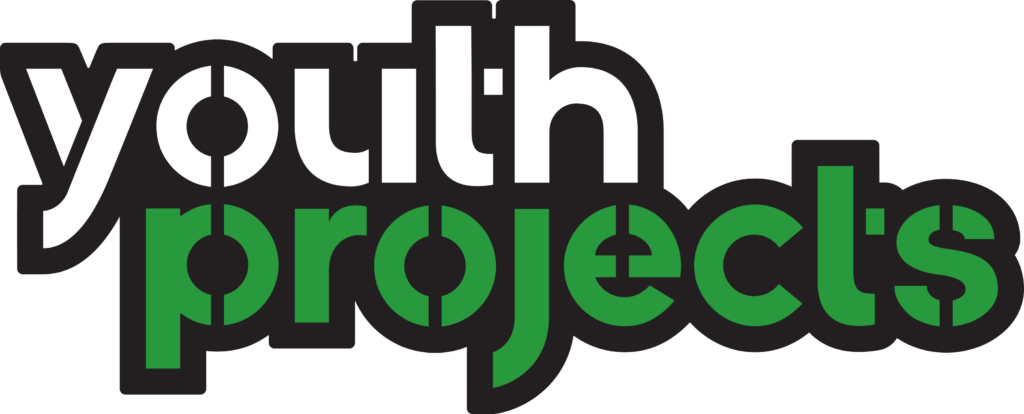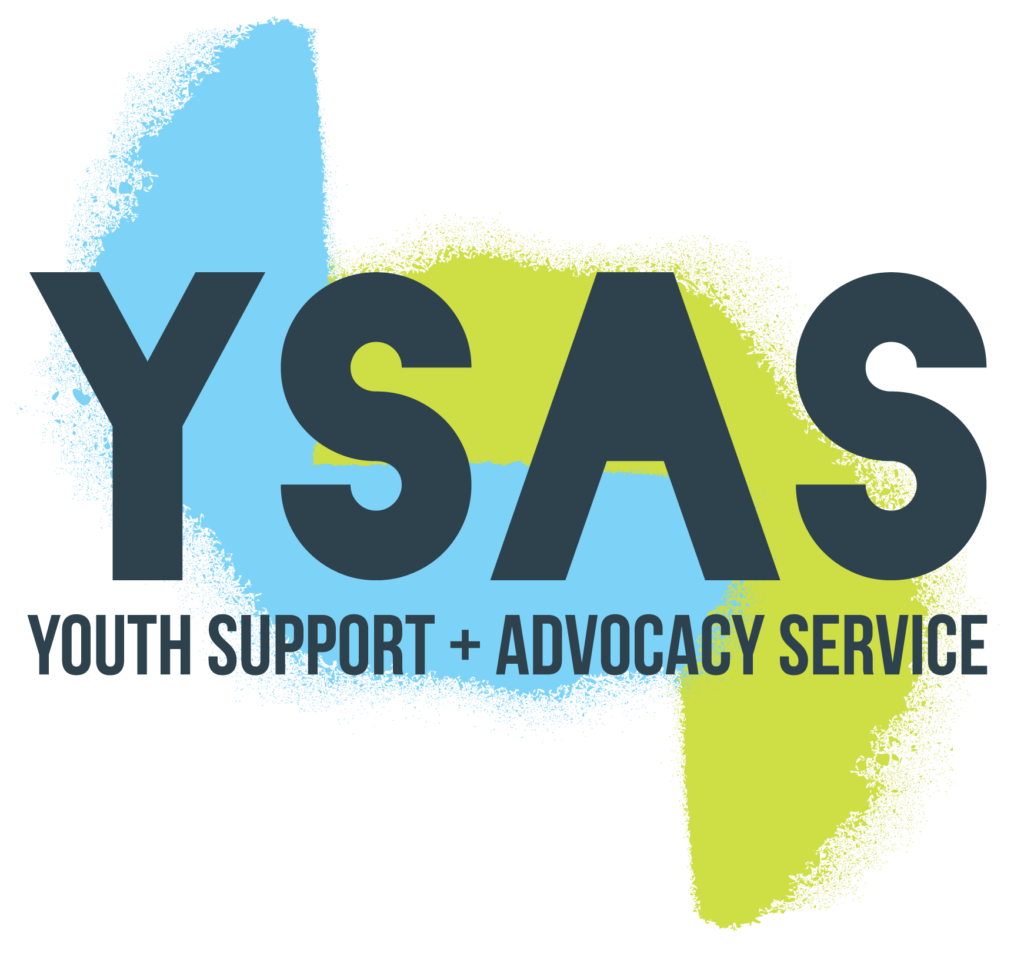The undersigned call on the Victorian government to implement a drug checking and public early warning system to reduce harms relating to novel psychoactive substances (NPS) in line with seven recommendations of the Coroners Court of Victoria.
In April 2021, the Coroners Court of Victoria published findings from an inquest into five drug-related deaths linked to the unintended consumption of NPS (25C-NBOMe and 4-FA)1. The Coroners Court has since investigated further deaths linked to the unintended consumption of NPS2,3, and the consumption of unexpectedly strong substances4. In each investigation, they have recommended the implementation of drug checking services.
NPS contributed to the deaths of 47 people in 2021-22, a figure that has risen rapidly in the past 5 years (from 3 deaths in 2017-18)5,6. The Coroners Court has called to understand these NPS-related findings as ‘emerging trends’ of deaths and harms, rather than transitory issues. To prevent similar deaths and other harms, the Coroners Court recommended:
“That the Department of Health, as the appropriate arm of the Victorian Government, implements a drug checking service […] and drug early warning network in the State of Victoria as a matter of urgency, to reduce the number of preventable deaths (and non-fatal harms) associated with the use of drugs obtained from unregulated drug markets.” 1–3
Similarly, the 2018 Inquiry into Drug Law Reform Committee similarly recommended that:
“The Victorian Government establish an early warning system (EWS) to enable analysis, monitoring and public communications about new psychoactive substances (NPS) and other illicit substances of concern.” 7
As representatives of Victorian health and community sectors, we fully support the recommendations of the Victorian Coroners Court as well as the Drug Law Reform Committee to implement a drug checking service and accompanying early warning system. Drug checking services and early warning systems are evidence-based harm reduction measures that have been successfully used internationally for decades.
We are particularly concerned about the need to build these systems to anticipate and enable swift responses to the arrival of novel fentanyl-type substances and similar high-risk substances that do not yet have a significant presence in Australia. Having identified these emerging harms, the Victorian Government should urgently implement the recommendations of Coroners Spanos, Gebert and Cain before more lives are taken.
Prepared and endorsed by Dr Monica Barratt and Ms Isabelle Volpe, Social Equity Research Centre, RMIT University.
Signed By:
Principles for Making a Drug Checking & Early Warning System Work
Drug checking services are fixed-site (permanent location) and mobile (e.g. on-site at venues and festivals) facilities, where people find out the content and dosage of drugs, including unusual/unexpected substances and higher-than-usual doses. Service users discuss their drug use and test results in a meeting with a healthcare worker (including peer-based harm reduction workers). Service data can be cross-checked with other information about substances in the community.
Drug checking service data can feed into early warning systems (also referred to as ‘early warning networks’), which provide community members with real-time information about the status of local drug markets. Alerts can be published to warn people if an unusually dangerous substance is circulating. Knowing whether drug samples contain unexpected novel synthetic substances gives communities, health and justice services, and government vital information it currently lacks.
Based on evidence from around the world, the following principles should guide the development of drug checking services paired with an early warning system:
- Services must be designed to first and foremost reduce harms associated with the consumption of drugs obtained through unregulated markets.
- Services should also provide harm reduction benefits to the broader community by generating anonymous real-time data that feeds into an early warning system.
- Services must be inclusive to all community members, recognising the diverse characteristics of people who use drugs. System design should include different ways of servicing populations with varying needs.
- There should be no demographic exclusions to service use, including young people and pregnant people.
- There should be no geographic exclusions to service use. State-wide accessibility should be facilitated with multiple drop-off points.
- To minimise financial barriers, there should be no monetary cost to service users.
- The early warning system should be open, transparent, and publicly available.
- Analytic technology should detect the widest range of drug types possible. This can be achieved by partnering with organisations with existing analytic capability.
- Procedures should facilitate rapid testing, to disseminate timely information to both service users and the early warning system.
- Service users must be anonymous, feel safe, and not be targeted by police.
- Police must play a supportive role by not patrolling surrounding areas of services.
Peer organisations that represent service users should be centred in the planning, design, implementation and evaluation of services and the early warning system.
Drug checking services and the early warning system should be fully evaluated, and their design adjusted in response to evaluation findings.
What We Know: The Evidence
Globally: A 2022 review of harm reduction services around the world identified the existence of drug checking services in at least 28 countries8. In recent years, services have expanded significantly in countries around the world and particularly in North America (e.g. Toronto9 and Vancouver10) in response to soaring overdose rates arising from markets flooded with fentanyl-type substances.
In Australasia: Australia’s experience so far with government-sanctioned drug checking has included fixed-site and mobile drug checking trials in Canberra11,12, and recently announced approval for drug checking services to be trialled in Queensland13. In 2021, New Zealand passed legislation to make drug checking services fully legal, with extensive guidance on suitable service implementation features required to obtain a drug checking license14. An interim report of the Canberra city-centre fixed-site service pilot has strongly supported its continuation, and development beyond the pilot period12.
Globally: There is strong evidence that service users adjust their intended behaviour after accessing drug checking services15. Recent research from the UK16 and Portugal17 also demonstrates that service users change their behaviour after accessing drug checking services, particularly when test results are unexpected. Most service users (86% Portugal, 69% UK) who received test results indicating that the drug was different than expected did not go on to consume the substance. About half of service users (50% Portugal, 59% UK) whose test results indicated that their drugs were stronger than expected took a smaller dose than usual.
In Australia: An independent evaluation of Canberra’s mobile drug checking service trial found that all service users who were informed that their sample contained the novel substance n-ethyl-pentylone (an NPS known to have a particularly high-risk profile) discarded the drugs11. The evaluation also found increases in self-reported drug harm reduction knowledge, trust in service providers, and behaviour change consistent with common harm reduction advice.
Early warning systems in action: The Dutch Drugs Information and Monitoring System18 quickly tailors public warnings to prompt avoidance of high-risk drug samples in the community. For example, in 2014, alerts were rapidly issued advising the public to avoid ‘Superman’ pills that contained an unexpected lethal dose of PMMA. No deaths were recorded in the Netherlands. In neighbouring UK where no warnings were issued, the same tablets were associated with several deaths19.
Individual harm reduction behaviours reduce individual risk of overdose: At a Canadian drug checking service located at a supervised injecting site, service users who unexpectedly found fentanyl in their drugs were more likely to reduce their dose10. Those who did reduce their dose were also significantly less likely to overdose.
Responding to Critiques
Drug checking enjoys strong support from health, medical and research communities. The following points address common concerns associated with drug checking implementation:
Drug checking services around the world operate on the basis that drug consumption is never entirely safe or risk-free. However, as evidenced above, drug checking services do create safer conditions under which drugs are taken, by empowering service users with knowledge to make informed decisions. This has been demonstrated to lead to safer decision-making.
Evidence does not support claims that the implementation and availability of drug checking services lead to increased drug use. A recent Australian study20 that surveyed festival-goers about drug checking scenarios found that the existence of a drug checking service (on-site at a festival or in a central fixed-site location) did not increase intention to use ecstasy, for both ecstasy-naive and ecstasy-initiated groups.
Drug checking is aligned with existing and emerging approaches to reducing drug-related harms endorsed by The Victorian Government. In fact, drug checking would work synergistically with existing initiatives that make crucial steps towards using drug content information to reduce harm. For example, the ‘Emerging Drugs Network of Australia – Victoria’ (EDNAV) system21 collects clinical and toxicological data from drug-related emergency department presentations. Public drug checking services would improve the efficiency, timeliness and effectiveness of the Victorian Department of Health’s current initiative of distributing drug alerts with information about adulterated substances that have been identified by EDNAV. Drug checking’s overdose prevention focus can also ease pressures on our emergency health system, reducing system burden and improving health outcomes for all Victorians.
Robust political discourse about drug checking has culminated in its public support. The majority of Australians support drug checking, as evidenced in two recent major surveys (the nationally representative ‘2019 Australian Election Study’22 and the Australian Institute of Health and Welfare’s ‘National Drug Strategy Household Survey 2019’23). Younger people (including age groups with highest rates of use) are even more likely to support drug checking24.
- Inquest[s] into the Death[s] of Anson, Ilker, James, Jordan, and Jason. Coroners Court of Victoria; 2021.
- Finding into Death without Inquest COR 2020 005219 [Mr P]. Coroners Court of Victoria; 2022.
- Finding into Death without Inquest COR 2020 003434 [Mr S]. Coroners Court of Victoria; 2022.
- Finding into Death without Inquest COR 2022 001464 [Mr P]. Coroners Court of Victoria; 2023.
- Victorian Overdose Deaths: Quarterly Update to June 2022. Coroners Court of Victoria; 2023.
- Victorian Overdose Deaths, 2012-2021. Coroners Court of Victoria; 2022.
- Law Reform, Road and Community Safety Committee (Vic). Inquiry into Drug Law Reform. Parliament of Victoria; 2018.
- Harm Reduction International. The Global State of Harm Reduction 2022. Harm Reduction International; 2022.
- Maghsoudi N, McDonald K, Stefan C, et al. Evaluating networked drug checking services in Toronto, Ontario: study protocol and rationale. Harm Reduction Journal. 2020;17(1):9.
- Karamouzian M, Dohoo C, Forsting S, McNeil R, Kerr T, Lysyshyn M. Evaluation of a fentanyl drug checking service for clients of a supervised injection facility, Vancouver, Canada. Harm Reduction Journal. 2018;15(1):46.
- Olsen A, Wong G, McDonald D. Music festival drug checking: evaluation of an Australian pilot program. Harm Reduction Journal. 2022;19(1):127.
- Olsen A, Baillie G, Bruno R, McDonald D, Hammoud M, Peacock A. CanTEST Health and Drug Checking Service Program Evaluation: Interim Report. Australian National University; 2022.
- D’Ath Y. Pill Testing Gets the Green Light. Queensland Government; 2023. Accessed June 12, 2023.
- Ministry of Health NZ. Drug checking. Published 2023. Accessed October 4, 2023.
- Maghsoudi N, Tanguay J, Scarfone K, et al. Drug checking services for people who use drugs: a systematic review. Addiction. 2022;117(3):532-544.
- Measham F, Turnbull G. Intentions, actions and outcomes: A follow up survey on harm reduction practices after using an English festival drug checking service. International Journal of Drug Policy. 2021;95:103270.
- Valente H, Martins D, Pinto M, Fernandes L, Barratt MJ. A longitudinal study of behavioural outcomes following a visit to the Boom Festival 2018 drug checking service: individual and group level results. Drugs: Education, Prevention and Policy. 2023;30(4):373-382.
- Smit-Rigter L, Van der Gouwe D. The Drugs Information and Monitoring System (DIMS) factsheet on drug checking in The Netherlands. Trimbos Institute; 2021.
- Sheldon T. Testing of illicit drugs in the Netherlands could be a model for the UK. BMJ. 2019;365:l1784.
- Murphy S, Bright SJ, Dear G. Could a drug‐checking service increase intention to use ecstasy at a festival? Drug and Alcohol Review. 2021;40(6):974-978.
- Syrjanen R, Schumann J, Fitzgerald J, et al. The Emerging Drugs Network of Australia–Victoria Clinical Registry: A state‐wide illicit substance surveillance and alert network. Emergency Medicine Australasia. 2023;35(1):82-88.
- McAllister I, Makkai T. The effect of public opinion and politics on attitudes towards pill testing: Results from the 2019 Australian Election Study. Drug and Alcohol Review. 2021;40(4):521-529.
- Australian Institute of Health and Welfare. National Drug Strategy Household Survey 2019. Australian Institute of Health and Welfare; 2020. Accessed September 13, 2021.
- Caluzzi G, Torney A, Callinan S. Who supports drug‐checking services in Australia? An analysis of 2019 National Drug Strategy Household Survey data. Drug and Alcohol Review. 2023;42(6):1553-1558.

